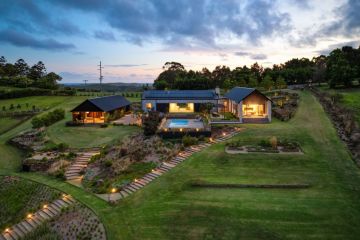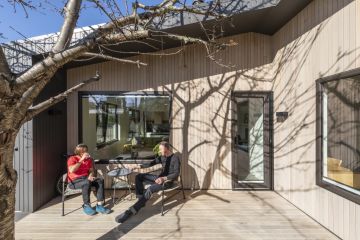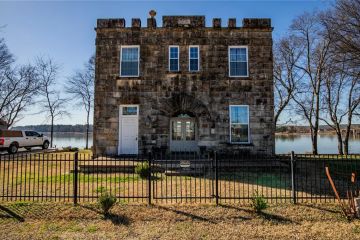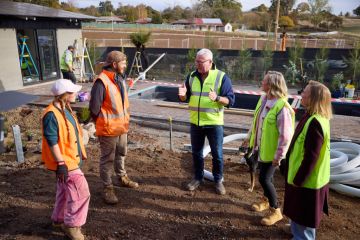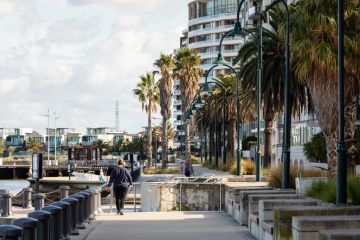Summer Hill terrace boasts Victorian elegance
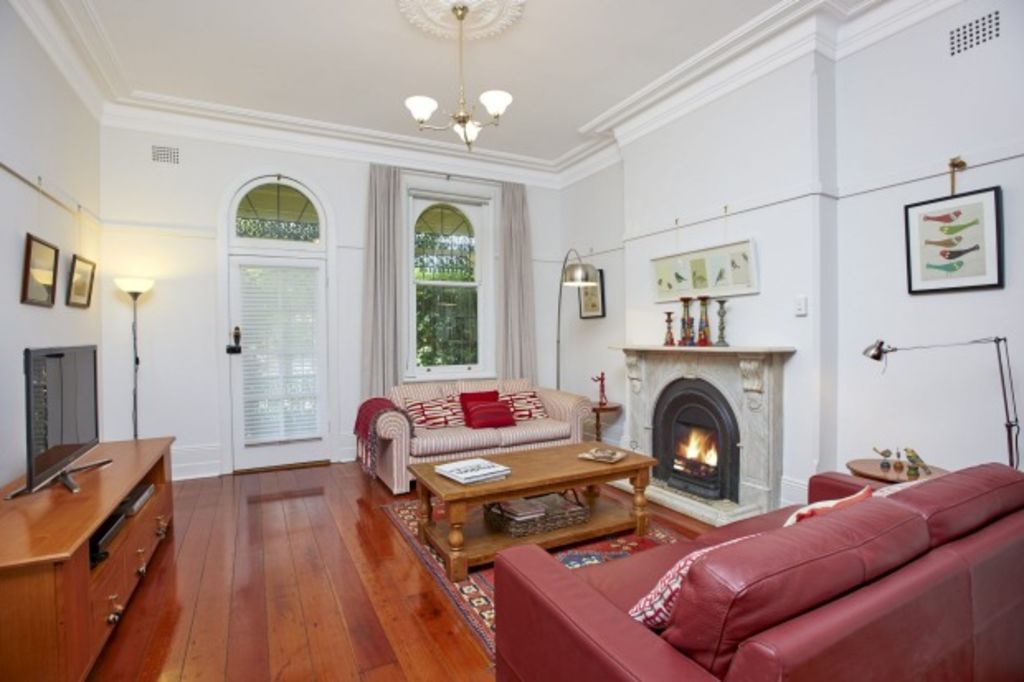
Filigree-style wrought iron is a much-loved, distinctively Australian architectural feature. The iron lace on whole rows of Victorian terraces in Sydney’s inner west are lovingly maintained and colour-co-ordinated, to glorious effect.
For a period during the mid-20th century, however, iron filigree and Victoriana more generally, were viewed as “cheap” and “vulgar”, according to a history of Summer Hill’s architecture published by the Ashfield & District Historical Society. The derision, little more than snobbery, seems to have been based on the knowledge that, in its hey-day, Victorian ironwork was popular and accessible, a ready-made way to make a plain Georgian facade look more ornate, with designs you could pluck from a catalogue. Tut-tut.
The derision may also have been part of the cycle of fashion. Victoriana was perhaps to the mid-20th century as the 1980s are to the present – not far enough away in time for retro appeal or a sense of history to have developed. As such, iron filigree may have been to the mid-20th century as the Pina Colada Song and shoulder pads are to the present.
“Elstow” in Summer Hill, with its lovely filigree-style ironwork, was once an elegant Victorian terrace house. It’s still elegant but now houses four apartments. Unit one boasts lots of period features, including original kauri floorboards which are in great condition, two superb marble fireplaces with tiled hearths, plus plaster cornices, leadlight panels and timber doors.
The current owner has lived here for more than a decade, renovated the kitchen and bathroom during that time, and clearly cherished the property. It is in great condition.
Elstow’s four units share a large and lovely back garden that is well maintained and home to a spectacular frangipani tree that must have been a long time in the making. It is a dramatic shape and seems to have ambitions in the direction of Ashfield, the next suburb to the west.
The unit is advertised as two-bedroom, but the current owner has it configured as a one-bedder. The room at the front, currently used as a lounge, is the potential second bedroom. A set of heavy timber doors would close it off from the area currently used as a dining room.
The owner says: “I have lived in my beautiful unit for 13 years. I fell in love with its grand living rooms, high ceilings, marble fireplaces and polished kauri floorboards.”
Room for improvement: Consider lobbying to change the 1970s brown and orange carpet just inside the building’s front door … then again, it does have a certain retro appeal.
1/14-16 Sloane Street, Summer Hill
$800,000+
2 beds, 1 bath
Built 1880s; converted to strata 1970s
Size 92 square metres
Strata levy $1300 a quarter
Inspect Saturday and Wednesday, 10-10.30am
Auction November 7
Agent Harris Tripp 0412 281 406 or 0414 280 266
Need to know:
Last traded $206,000 in October 1994
Highest recorded apartment price in Summer Hill (past 12 months)
$1.04 million for 73/46-56 Liverpool Road in October; also for C73/28 Gower Street in November
Median price for units in Summer Hill $730,000
Recent sales
$800,000 for 2/1 Junction Road in October
$790,000 for 3/21 Bartlett Street in March
$785,000 for 1/22 Gower Street in September
Source: Domain Group
Surrounding area
Summer Hill is a popular inner-west suburb with tree-lined streets, some beautiful Victorian architecture and an appealing, family-friendly vibe. Its shopping village offers good cafes, providores, restaurants and shops. It even has its own small bar. The suburb is spoilt for public transport.
Serviced by Buses, trains and light rail.
Close to Summer Hill village, Leichhardt Market Place and Ashfield Park. Summer Hill train station is about 150 metres away from the property, at the southern end of Sloane Street. Two light rail stations – Taverners Hill and Lewisham West – are 10 minutes’ walk away. Iron Cove Bay and UTS Haberfield Rowing Club are a 30-minute walk north.
We recommend
We thought you might like
States
Capital Cities
Capital Cities - Rentals
Popular Areas
Allhomes
More

